Blogs & News
We are focus on automotive wiring harness & connectors technology.

A Comprehensive Analysis of Automotive Diagnostic Connector Compatible with Vehicle Models and Core Functions
- Gvtong Electronic
- ADAS sensor connectors, Anti-vibration automotive connectors, automotive, Automotive and Transportation Connector Companies Russia, automotive antenna connector, automotive camera connector, Automotive Camera LVDS Cable-Waterproof, Automotive Camera Module Connectors, automotive cavity connectors, automotive connector, Automotive Connector and Cable Products, automotive connector companies, automotive connector manufacturer, Automotive Connector Manufacturers in 2025, Automotive Connector Supplier, Automotive Connector Terminal Crimping, Automotive Connector Terminals, automotive connectors factory, automotive diagnostic connector, automotive diagnostic connector manufacturer, automotive diagnostic connector supplier, Battery management system (BMS) connectors, Blind-mate automotive connectors, Customized sensor components, EV charging connectors, GB Series-Energy Storage Connectors, GVTong Model Connectors, High Pressure Connectors, High-speed data connectors, In-cabin infotainment connectors, Industrial Control Connectors, Lightweight automotive connectors, Low Pressure Connectors, Low-contact resistance connectors, Modular automotive connectors, Pre-charge/discharge connectors, Quick-fit automotive connectors
- No Comments
A Comprehensive Analysis of Automotive Diagnostic Connector Compatible with Vehicle Models and Core Functions
The automotive diagnostic connector, commonly known as the OBD-II port, represents a cornerstone of modern vehicle maintenance and troubleshooting. On-Board Diagnostics (OBD) systems have evolved from rudimentary engine monitors to sophisticated networks that provide real-time insights into a vehicle’s health, emissions, and performance. This standardized interface allows mechanics, technicians, and even vehicle owners to interface with the car’s electronic control units (ECUs) using diagnostic tools, scanners, and software applications. As vehicles grow increasingly complex with electronic components, hybrid powertrains, and advanced driver-assistance systems (ADAS), the diagnostic connector’s role in ensuring reliability, safety, and compliance with environmental regulations cannot be overstated.
This article provides a comprehensive analysis of automotive diagnostic connectors, focusing on their core functions and compatibility across various vehicle models. We will explore the historical evolution, technical specifications, key functionalities, regional compliance standards, and compatibility with specific makes and models. Additionally, we will delve into emerging trends as of 2025, including integration with artificial intelligence (AI) and wireless technologies. By examining these aspects, readers will gain a thorough understanding of how diagnostic connectors facilitate efficient diagnostics, reduce downtime, and support the transition to electric and autonomous vehicles.
The importance of these connectors extends beyond repair shops; they empower fleet managers, insurers, and consumers with data-driven insights. For instance, in the United States, where OBD-II has been mandatory since 1996, it has significantly contributed to lower emissions and improved fuel efficiency. Globally, adoption varies by region, but the push toward standardization ensures broader interoperability. As we navigate an era of connected cars, understanding the diagnostic connector’s capabilities is essential for anyone involved in the automotive ecosystem.
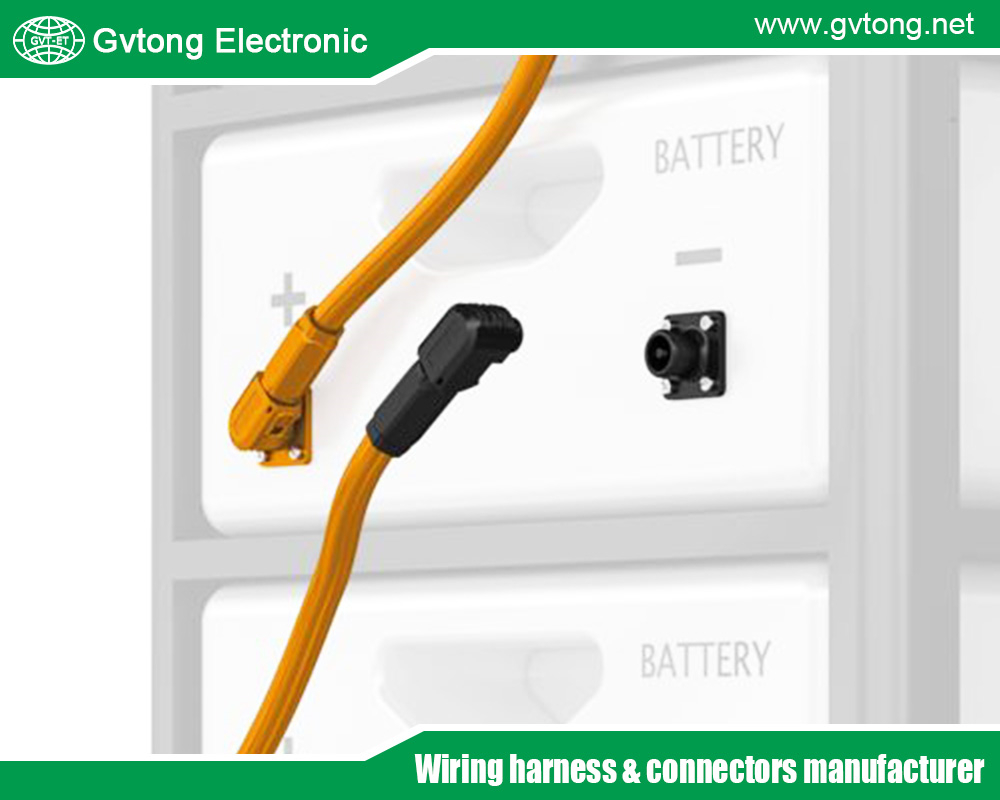
History and Evolution of Automotive Diagnostic Connectors
The journey of automotive diagnostic connectors began in the late 1960s amid growing concerns over vehicle emissions and engine performance. In 1968, Volkswagen introduced the world’s first on-board computer system in its fuel-injected Type 3 models, marking the inception of electronic diagnostics. This primitive setup used basic sensors to monitor fuel injection, laying the groundwork for more advanced systems. By the 1970s, the adoption of electronic fuel injection (EFI) by Bosch and Bendix further propelled the need for diagnostic interfaces, as cars became reliant on ECUs to manage complex operations.
The 1980s saw fragmented approaches from manufacturers. General Motors (GM) pioneered a proprietary interface in 1980, using RS-232 for engine diagnostics, while others developed their own protocols. This lack of standardization led to challenges for technicians, who needed multiple tools for different brands. In 1988, the Society of Automotive Engineers (SAE) recommended a universal connector pinout and diagnostic set, influencing the development of OBD-I. The California Air Resources Board (CARB) mandated OBD-I in 1988 for 1991 model-year vehicles, focusing on emissions-related monitoring through manufacturer-specific connectors.
The true revolution came with OBD-II in the mid-1990s. Responding to stricter Clean Air Act amendments, the U.S. Environmental Protection Agency (EPA) required all 1996 and newer light-duty vehicles to comply with OBD-II standards. This system introduced the iconic 16-pin SAE J1962 connector, enabling standardized communication across brands. OBD-II expanded diagnostics beyond emissions to include engine, transmission, and other subsystems, using protocols like SAE J1850, ISO 9141, and later CAN (Controller Area Network).
Internationally, adoption lagged but followed suit. The European Union (EU) implemented EOBD (European OBD) in 2001 for petrol vehicles and 2004 for diesels, aligning closely with OBD-II. Japan mandated JOBD in 2002, while Australia and New Zealand required compliance from 2006. In China, OBD-II became standard around 2010 for new models, with full enforcement by 2017. By the 2010s, OBD-II’s evolution incorporated CAN bus for faster data rates, supporting modern features like ADAS and hybrid systems. As of 2025, over 90% of global vehicles produced since the mid-1990s feature OBD-II or equivalent, transforming diagnostics from a reactive to a proactive process.
This historical progression underscores the shift from proprietary silos to universal accessibility, driven by regulatory pressures and technological advancements. Today, diagnostic connectors are integral to vehicle architecture, with ongoing updates like SAE J1962 revisions ensuring compatibility with 48V systems and electric vehicles (EVs).
Core Functions of Automotive Diagnostic Connectors
At its core, the automotive diagnostic connector serves as a gateway to the vehicle’s onboard computer network, enabling a suite of diagnostic functions that enhance maintenance efficiency and vehicle longevity. The primary function is reading and clearing Diagnostic Trouble Codes (DTCs), which are alphanumeric codes generated by ECUs when a fault is detected. For example, a P0300 code indicates random misfires, allowing technicians to pinpoint issues swiftly. OBD-II mandates monitoring of emissions-related components like the catalytic converter, oxygen sensors, and evaporative emissions system, ensuring compliance with standards such as those from the EPA or CARB.
Beyond codes, connectors provide access to live data streaming, where real-time parameters like engine RPM, coolant temperature, throttle position, and fuel trim are displayed. This “live data” function is invaluable for performance tuning and troubleshooting intermittent issues, such as those in hybrid battery management systems. Freeze frame data captures a snapshot of conditions at the moment a fault occurs, aiding in recreating scenarios for accurate diagnosis.
Additional functions include bidirectional controls, where compatible tools can actuate components like solenoids, injectors, or fans to test functionality without disassembly. Resetting adaptive learning values, such as idle air control or transmission adaptations, is another key role, restoring factory settings after repairs. In emissions testing, the connector verifies readiness monitors—self-tests that confirm system integrity—essential for passing inspections in regions like California or the EU.
For modern vehicles, enhanced functions support module programming, key coding, and security access, particularly in EVs and ADAS-equipped cars. Protocols like CAN (ISO 15765) enable high-speed communication, up to 500 kbps, for complex data exchange. As vehicles integrate more ECUs—up to 100 in luxury models—the connector’s role in network diagnostics, including ABS, airbags, and infotainment, has expanded. Security features, such as seed-key authentication, prevent unauthorized access, addressing cybersecurity concerns.
In summary, these functions not only diagnose faults but also optimize performance, reduce emissions, and extend vehicle life. Tools ranging from basic code readers ($20) to professional scan tools ($5,000+) leverage the connector for comprehensive analysis, making it indispensable for DIY enthusiasts and professionals alike.
Types of Automotive Diagnostic Connectors
While OBD-II dominates, various connector types exist, each tailored to specific eras and regions. The SAE J1962 standard defines the primary OBD-II connector: a trapezoidal 16-pin female receptacle, typically Type A (12V) or Type B (24V for heavy-duty). Pinouts include: Pin 4 and 5 for grounds, Pin 16 for 12V power, Pins 6 and 14 for CAN high/low, Pin 7 for K-Line (ISO 9141/14230), and others for proprietary signals. This design ensures backward compatibility and robustness against vibrations and environmental factors, with an IP rating often exceeding 67 for dust and water resistance.
Pre-OBD-II, OBD-I used manufacturer-specific connectors, such as GM’s 12-pin ALDL (Assembly Line Diagnostic Link) or Ford’s EEC-IV 6-pin. These were less standardized, requiring proprietary tools. In heavy-duty vehicles, SAE J1939 uses a 9-pin Deutsch connector for CAN-based diagnostics, while J1708 employs a 6-pin for older trucks.
Regional variants include EOBD and JOBD, which mirror OBD-II but may use different protocols. For EVs and hybrids, emerging standards like ISO 15118 for charging diagnostics integrate with OBD-II. Wireless adapters, using Bluetooth or Wi-Fi, extend functionality without physical tethers, complying with J1962 pinouts.
These types reflect the industry’s balance between standardization and specialization, with SAE J1962 remaining the benchmark for light-duty vehicles.
Compatible Vehicle Models: Regional and Make-Specific Analysis
Compatibility with automotive diagnostic connectors hinges on regulatory mandates, varying by region, year, and vehicle type. In the United States, all gasoline-powered cars and light trucks from the 1996 model year onward are OBD-II compliant, as per EPA regulations. Diesel vehicles followed in 1997 for engines over 8,500 lbs GVWR, and 2004 for lighter diesels. This encompasses virtually all makes: Ford F-150 (1996+), Chevrolet Silverado (1996+), Toyota Camry (1996+), and Honda Accord (1996+). Pre-1996 models, like the 1995 Ford Mustang, may have partial OBD-I compatibility but require adapters.
In Europe, EOBD mandates apply to petrol vehicles from 2001 and diesels from 2004. Thus, Volkswagen Golf (2001+ petrol), BMW 3 Series (2001+), and Mercedes C-Class (2004+ diesel) are fully compatible. Earlier models, such as a 2000 Audi A4, might use OBD-I equivalents. The EU’s Euro 6 standards (2014+) further enhance diagnostics for emissions.
Japan’s JOBD, effective 2002, covers Toyota Prius (2002+), Nissan Altima (2002+), and Subaru Impreza (2002+). In Australia and New Zealand, compliance started in 2006, applying to Holden Commodore (2006+) and Toyota Land Cruiser (2006+). China enforces China OBD (C-OBD) since 2010, with full OBD-II by 2017 for models like BYD Qin (2017+) and Geely Emgrand (2017+). India mandates from 2017 for BS-VI compliant vehicles, including Maruti Suzuki Swift (2017+) and Tata Nexon (2017+).
For specific makes, American brands like GM and Ford achieved full compliance by 1996, with exceptions for some California models in 1994-1995 using 16-pin connectors. European marques like Peugeot and Fiat transitioned smoothly post-2001. Asian manufacturers, such as Hyundai and Kia, aligned with global standards by 2000. Hybrids and EVs, like Tesla Model 3 (2017+, uses proprietary but OBD-II accessible) and Nissan Leaf (2011+), maintain compatibility, though advanced features may require manufacturer tools.
Non-compliant exceptions include heavy-duty trucks pre-2007 (using J1939) and some vintage imports. Tools like BlueDriver or Veepeak scanners verify compatibility via model year and VIN checks. Overall, post-1996/2001 vehicles worldwide offer broad OBD-II support, with over 2 billion units on roads as of 2025.Technical Specifications and Operational Mechanics
The SAE J1962 connector’s specifications ensure reliable interfacing. Measuring 2.8 cm wide, it features 16 trapezoidal pins spaced 2.54 mm apart, with a locking tab for secure mating. Electrical ratings include 12V/24V supply, up to 1A current, and signal integrity for baud rates from 10.4 kbps (J1850) to 500 kbps (CAN). Materials like polyamide housing and copper alloy pins provide durability, withstanding -40°C to 125°C temperatures and 100,000 mating cycles.
Operationally, connecting a scan tool powers the link, initiating a handshake via protocols. The ECU responds to requests for PIDs (Parameter IDs), such as PID 0x0C for RPM. Data flows bidirectionally, with error-checking via checksums. In CAN systems, dominant/recessive signaling enables multi-node communication.
For advanced diagnostics, Unified Diagnostic Services (UDS) over CAN (ISO 14229) supports routines like ECU flashing. Limitations include protocol mismatches in older vehicles, resolvable with multi-protocol tools.
Tools, Software, and Integration
Diagnostic functions are realized through tools like Autel MaxiCOM or Launch X431 scanners, which interface via USB, Bluetooth, or Wi-Fi. Software such as FORScan (Ford-specific) or Torque Pro (Android app) decodes data, offering graphs and reports. Integration with cloud platforms enables remote diagnostics, as seen in Geotab’s fleet solutions.
Challenges and Limitations
Despite advancements, challenges persist: Protocol fragmentation in pre-2008 vehicles, cybersecurity vulnerabilities (e.g., remote hacking via OBD), and limited access to proprietary modules in luxury brands like BMW. Physical wear from frequent use and regional protocol variations (e.g., K-Line vs. CAN) complicate universal tools. EVs pose unique issues, with high-voltage isolation requirements.
Future Trends of Automotive Diagnostics Connectors
As of 2025, the future of diagnostic connectors points toward wireless and AI-driven systems. Vehicle-to-cloud communication will enable real-time remote diagnostics, reducing shop visits by 30%. AI algorithms, integrated into tools like those from Noregon, will predict failures using machine learning on live data, revolutionizing predictive maintenance. For EVs and autonomous vehicles, standards like ISO 13400 (Diagnostics over IP) will support over-the-air (OTA) updates.
Wireless OBD adapters will dominate, with 5G enabling seamless connectivity. Remote solutions from specialists will empower mobile mechanics, while AI levels the playing field for independent shops. By 2030, diagnostics may integrate with blockchain for secure data sharing, enhancing fleet and insurance applications. These trends promise smarter, faster, and more accessible vehicle health monitoring.

Conclusion
Automotive diagnostic connectors, epitomized by the OBD-II standard, have transformed vehicle maintenance through their core functions of code reading, live data, and system controls. Compatible with billions of models since 1996 in the US, 2001 in Europe, and beyond, they ensure global interoperability across makes like Toyota, Ford, and Volkswagen. As technical specifications evolve and future innovations like AI and wireless tech emerge, these connectors will remain vital for sustainable, efficient mobility. Embracing them is key to navigating the complexities of tomorrow’s automotive landscape.
For more about a comprehensive analysis of automotive diagnostic connector compatible with vehicle models and core functions, you can pay a visit to Gvtong at https://www.gvtong.net/ for more info.
Recent Posts
How Automotive Multi-Pin Connectors Work?
How Modular Automotive Connectors Power the Modern Automotive Revolution
Tags
Recommended Products
-
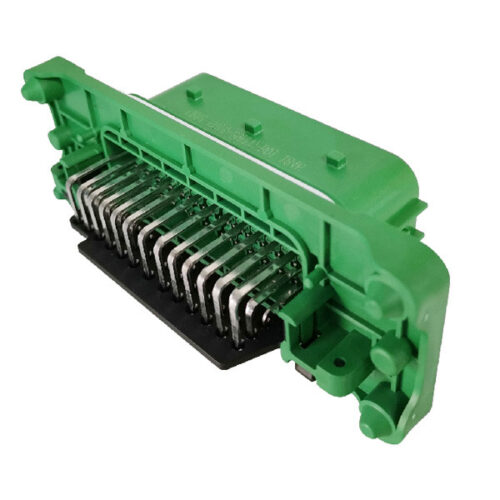
GE Series-39-core rectangular connector-socket
-
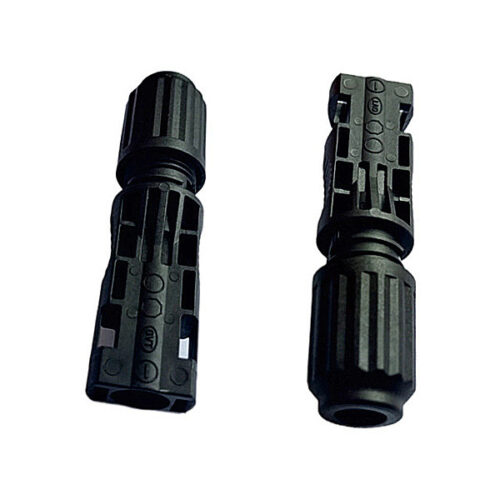
Photovoltaic Connector-Line End Socket
-
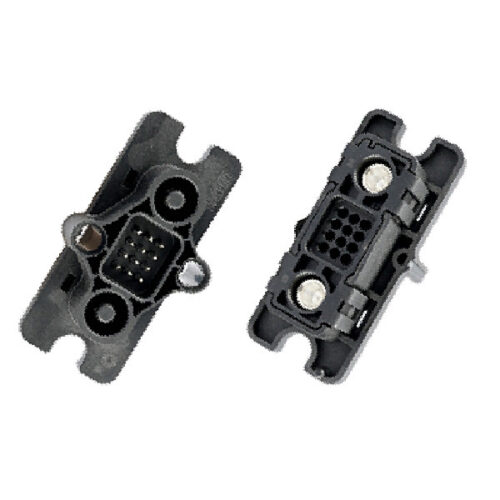
GF Series-2+12 Floating Connector
-
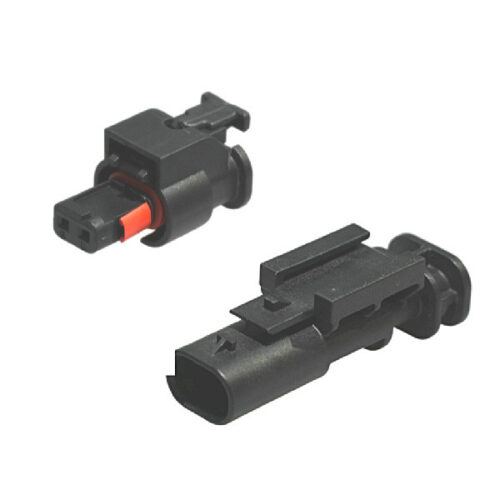
GE Series-2-core cylinder connector
-

GH Series – DCDC Through-Wall Terminal Block – With Protective Cover
-

Low voltage connector-20PIN socket + plug
-
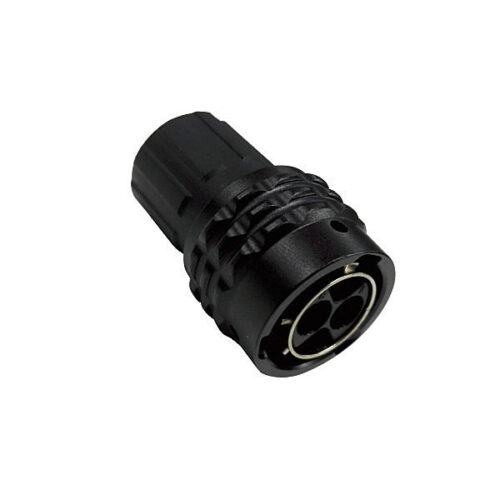
Signal connector-2 core-12#
-
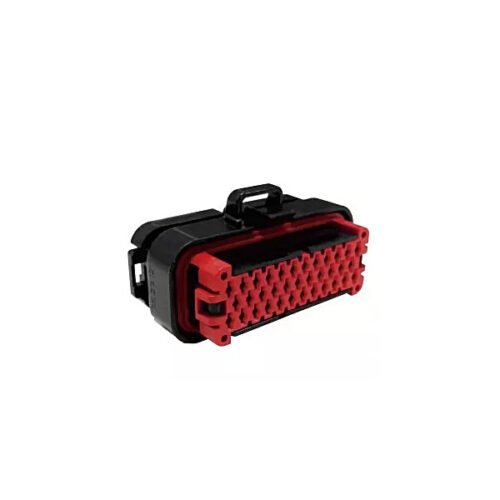
Signal connector – waterproof, three rows, 35 cores
